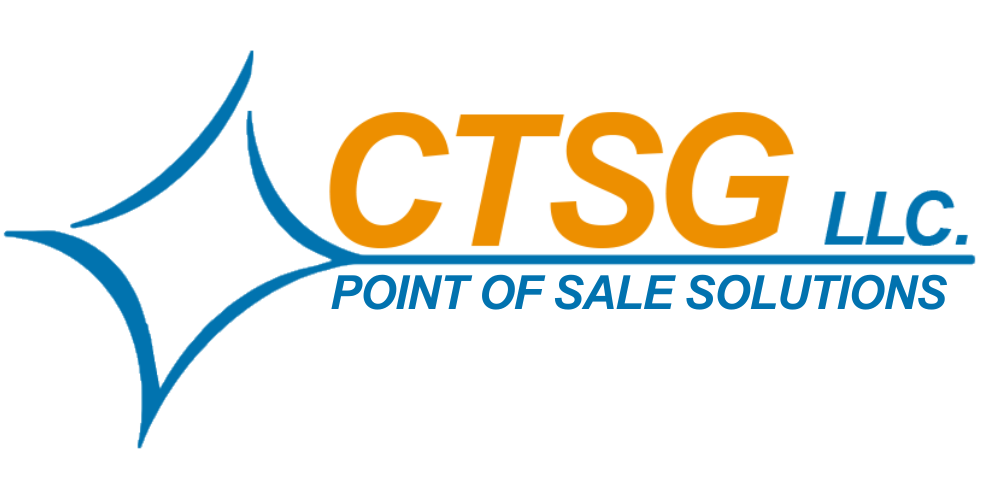Many factors contribute to a restaurant’s success or failure. But in the long run, there’s only one thing that keeps the doors open: a healthy restaurant profit margin. If the metrics from Q1 aren’t showing the progress you need toward greater profitability, evaluate and make changes in these three areas so you can end the year in the black:
1. Food Costs
Food waste and theft can eat up profits. To minimize these problems and improve your restaurant’s profit margin, start by looking at inventory management. Is your staff trained to use stock that’s been on the shelf the longest to minimize food that reaches its expiration? Do you have a solid process for accurately taking inventory and forecasting demand so you don’t over-order? Are you monitoring shrinkage and investigating (and eliminating) the source?
Waste can also occur when your kitchen staff uses too much of an ingredient in food preparation. Have managers check regularly to ensure the right amounts are being used to reduce excess food costs— and to ensure the quality of the meals they prepare.
In addition, reevaluate menu pricing. Are you charging enough for each menu item based on its ingredients? If not, consider a price increase.
If you haven’t negotiated costs with suppliers, it’s time to ensure you get the best prices. Ask about discounts for foods you order regularly or in bulk. You may also want to investigate local suppliers from whom you can buy some ingredients directly, eliminating the added costs of transport.
2. Labor Costs
Not optimizing labor schedules can also limit restaurant profit margin. The goal isn’t to cut staff—that would lead to poor service, unhappy customers, and other problems that diminish revenues and profits further. The goal is to schedule the optimal number of people in the right positions at the right times. Define metrics for how many guests a server can manage and how many meals a chef can create and evaluate your traffic and your revenue for different shifts, days of the week, and seasons of the year. Match labor to these needs.
You may also consider assigning staff to “multitask” by making them responsible for a secondary task. If a server isn’t waiting tables, maybe they’re helping prep at the bar or if a busser doesn’t have tables to bus, maybe they help prep table settings. Keeping employees busy throughout the shift can save the cost of additional labor.
3. POS Technology
Just like you need to optimize inventory and labor for the highest restaurant profit margin, you must also optimize your point of sale (POS) technology. The right POS system will assist with inventory and labor management by automating processes, collecting data, and providing reports that help you make smarter decisions in these areas of your business. Restaurant POS will also help you track ingredient use and price menu items.
A full-featured POS system also boosts table turnover rates by allowing orders to be automatically transmitted to the kitchen, making food preparation time and service quicker and more efficient. And providing great customer experiences is always a good strategy for increasing revenue.
A healthy restaurant profit margin doesn’t come naturally. But close attention to inventory and labor expenditures, with the help of an industry-specific restaurant POS system, will help you steer your business toward profitability.
